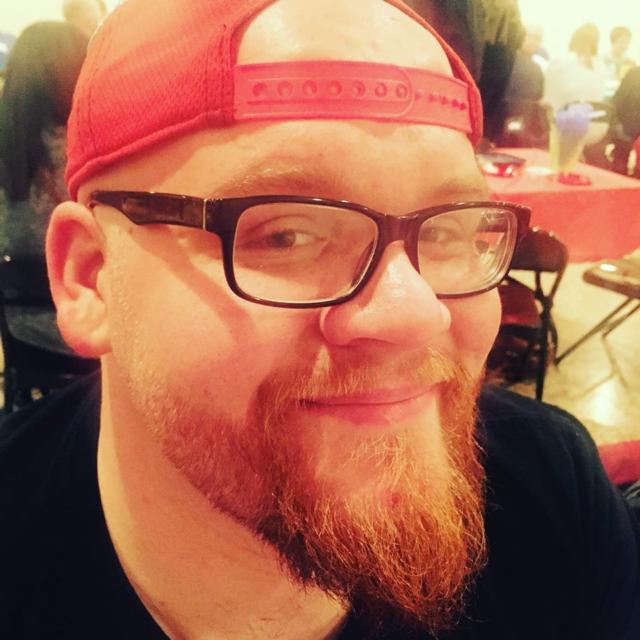
Reporter's note: This article contains graphic descriptions of medieval torture implements. Be advised.
Get The Latest News!
Don't miss our top stories and need-to-know news everyday in your inbox.
ALTON - One woman is doing her absolute best to keep Alton weird.
Janet Kolar, owner of the Alton Curiosity Museum, said she expanded her selection from exclusively torture devices, of which she has been a collector since 2005, to include a variety of curiosities, of which she has been a collector for at least three years. After piling at her home, Kolar said she decided to give the torture museum a lighthearted addition of curiosities, including antiquated medical devices, optical illusions and other looks into the recent past. For a fee of $6, guests can take a tour of Kolar's collection every Saturday from noon - 6 p.m., and every Sunday from noon - 4 p.m.
"I was planning to keep the torture museum and expand it, but when I stopped doing ghost tours here, I decided to include curiosities," Kolar said.

After the greeting desk, Kolar can lead visitors to a glass cabinet full of assorted curiosities. One eye-catching piece is a gas mask designed for horses during World War I. Another is a small sampling of fulgurites - or petrified lightning - caused by a bolt hitting sand or sandy soil. Sand becomes glass at 1,800 degrees Fahrenheit, and lightning comes at approximately 3,000 degrees Fahrenheit.
One curiosity is a small candle surrounded by a collection of bronze coins, looking innocent enough.
"Those were actually used in a California brothel during the turn of the century," Kolar said, pointing at a candle not much bigger than a match. "When that candle burnt down, the man had to leave."
Kolar's favorite item in the collection is a vampire-killing kit, which she assembled herself. It contains garlic, holy water, a mallet, a stake and Kolar's family Bible, which has been passed among generations for 150 years and is written in Slovak. Kolar said Slovakia, which is in Eastern Europe, is one of many places where such a kit would have been used in the 18th and 19th centuries. The kit also includes a small gun and two silver bullets.
"I know those are supposed to be for werewolves, but I included them in there anyway," she said.
A small collection of guns utilized in American wars are also included in the museum. Kolar said those are actually the most valued pieces of the oddities collection. Her favorite of those is a nine-round revolver with an additional barrel designed for a shotgun shell utilized by the Confederacy in the American Civil War.

"I really like revolvers," Kolar said.
Optical illusions play a significant role in the museum's interactivity as well. Guests are invited to look at a spinning wheel for 30 seconds before promptly turning their attention to paintings by Impressionist Vincent Van Gogh. A painting of a skeleton smoking a cigarette by that artist also greets people as they enter.
"Maybe he knew the truth about cigarettes back in 1895 before anyone else did," Kolar said.
Another artist of the bizarre, M.C. Escher, is on display with a 3-D diorama of a painting of his in which water appears to be defying gravity and flowing upwards through chutes. Kolar said her son, who resides near the Wisconsin Dells, built that diorama, and continues to bring several curiosities, including a certified genuine casting of a Bigfoot print found in Wisconsin in 2013.

Even with all the new curiosities, Kolar has maintained the torture museum. That exhibit features historically-accurate replicas of several torture devices done by European craftsmen. Informative cards accompany each macabre device.
One display was a simple fake foot with stitching next to a bowl of small pebbles.
"The Native Americans would sometimes cut the bottoms of people's feet open and then fill the wound with small pebbles and hard corn before sewing it back up," Kolar explained. "It kept prisoners from escaping."
Fake plastic rats next to a cute little fire made of lightweight red and orange material and a small light was the exhibit for possibly the most brutal torture of them all.
"In Europe especially, they used to take a small cage with rats in it and put it over someone's abdomen," Kolar said. "A fire would be placed on top of the cage, and the rats would have nowhere to go, so they would begin chewing through the person's abdomen."

On the way out of the torture exhibit, Kolar proudly displayed two games in which guests are invited to test their luck. One is an aptly-named "Wheel of Death," which guests can spin to find out if they will die of rattlesnake bite, tattoo poisoning or something much more out-of-this-world.
"We have a guarantee with this," she said. "If you don't die of what it predicts, you get your money back."
Another test is one of skills. Lock-picking tools are provided next to a padlock and chain around a beer box. If someone can pick the lock, they receive a free bumper sticker, proudly saying "I saw weird stuff at the Alton Curiosity Museum."
"We've had a dozen people, maybe 15, do it," Kolar said. "Most of them are women. I think they have more patience."
The Alton Curiosity Museum is located inside the historic Mineral Springs Mall, which is located at 301 E. Broadway in Alton.
More like this:

